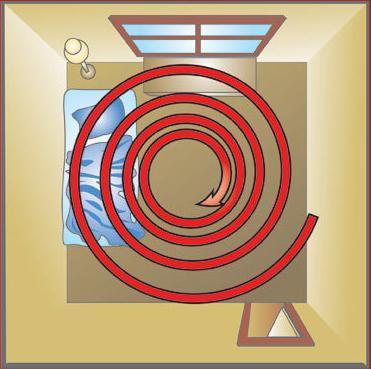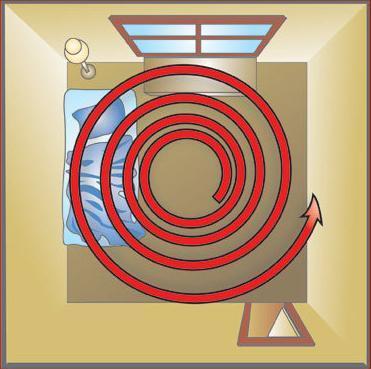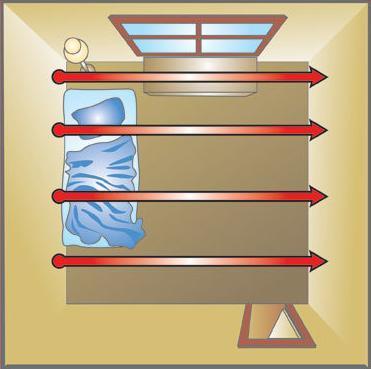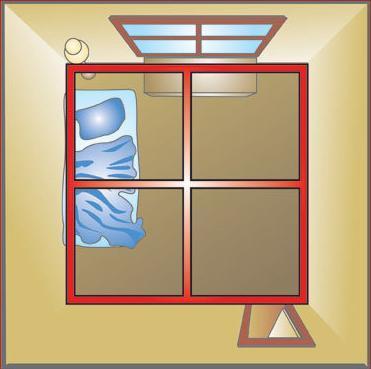The Inward Spiral Search
The forensic team starts at the perimeter of the crime scene and works towards the center. Spiral patterns are a good method to use when there's only one investigator at the crime scene.

The Outward Spiral Search
The investigation starts in the center of the crime scene and works outward.

The Parallel Search
All members of the forensic team form a line. They walk in a straight line, at the same speed, from one end of the crime scene to the other. The absence of writer Phoebe Waller-Bridge was hardly noticeable in season 2. Season 2 was also an absolute recommendation.

The Grid Search
A grid search is simply two parallel searches, performed one after the other, shifted 90 degrees.

The Zone Search
In a zone search, the responsible forensic investigator divides the crime scene into sectors, and each team member takes one sector. Team members can then switch sectors and search again to ensure complete coverage.

While searching the crime scene, a forensic investigator looks for details such as:
- Are the doors and windows locked or unlocked? Open or closed? Are there signs of unauthorized access, such as tool markings or broken locks?
- Is the house in good condition? If not, does it look like there has been a struggle, or was the victim just messy?
- Is there mail? Is it opened?
- Is the kitchen in good condition? Is there partially eaten food? Is the table set? If yes, for how many people?
- Are there signs of a party, such as empty glasses or bottles or full ashtrays?
- What cigarette brands are present if there are full ashtrays? Are there lipstick or tooth impressions on the ends?
- Is there anything out of place? A glass with lipstick marks in a man's apartment or the toilet seat up in a woman's apartment? Is a couch blocking a doorway?
- Is there trash in the bins? Is anything unusual in the trash? Is the trash in the correct chronological order according to dates on mail and other papers? If not, someone may have searched the victim's trash.
- Do the clocks show the correct time?
- Are the towels wet? Are towels missing? Are there signs of cleanup?
- If the crime is a shooting, how many shots were fired? The forensic team will try to locate the gun, each bullet, each shell, and each bullet hole.
- If the crime is a stabbing, is a knife clearly missing from the victim's kitchen? If so, the crime may not have been premeditated.
- Are there shoe prints on tiles, wood, or linoleum floors or in the area just outside the building?
- Are there tire tracks in the driveway or in the area around the building?
- Are there blood splatters on floors, walls, or ceilings?
The actual collection of physical evidence is a slow process. Each time the forensic team collects an item, they must preserve, tag, and log it immediately for documenting the crime scene. Various types of evidence can be collected on-site or in the laboratory, depending on the circumstances and resources.
When investigating a crime scene, remember that:
- A crime scene is three-dimensional. The forensic team must not forget to look up.
- If a forensic investigator shines a flashlight on the ground at different angles, even when there is plenty of light, they create new shadows that can reveal evidence.
- It is possible to find DNA on cigarette butts.
Evidence Collection
When collecting evidence from a crime scene, the forensic team has several main goals in mind: reconstruct the crime, identify the person who did it, preserve the evidence for analysis, and collect it in a way that ensures it can be used for a trial.
Are you also interested in solving a cold case? Take a look at our murder cases.


